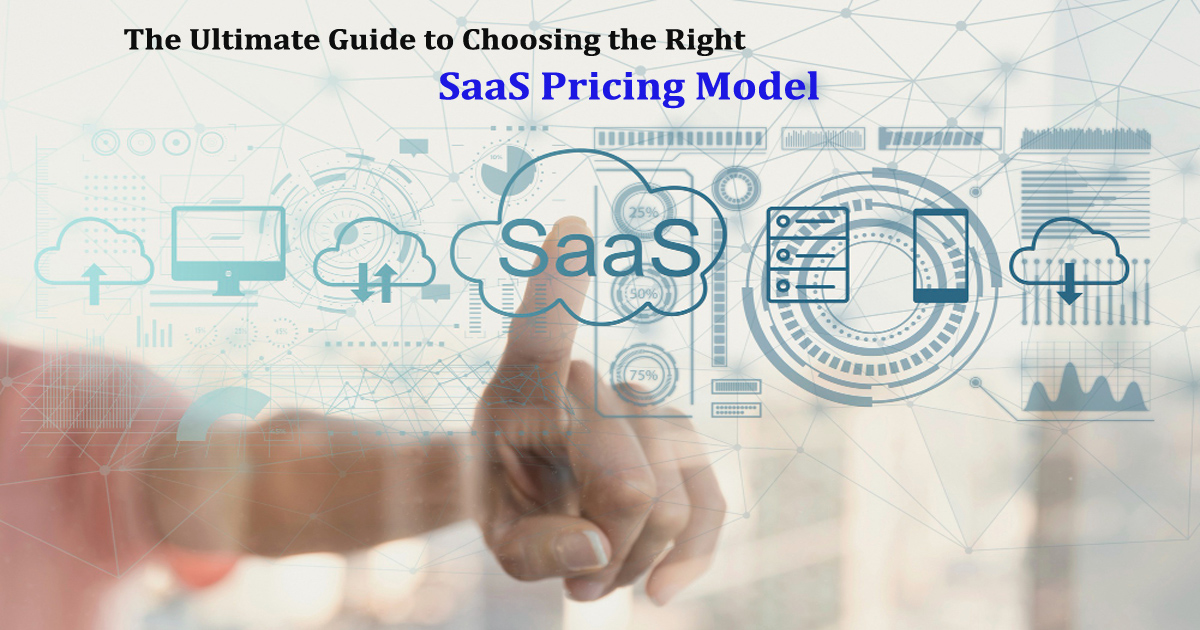Ever dreamt of building an invoicing software empire? Well, the first step is choosing the perfect online invoice generator tool – but hold on! Before you unleash your inner invoicing genius, there’s a crucial element to consider: your pricing model.
This guide will be your trusty compass, navigating you through the exciting (and sometimes perplexing) world of SaaS pricing models. We’ll break down the different options, analyze their pros and cons, and equip you with the knowledge to pick the one that perfectly complements your online invoicing software and fuels your business growth.
Understanding the Value You Deliver: The Bedrock of Pricing
Before diving into specific models, let’s address the foundation. What value does your online invoice generator offer? Think about it:
- Does it automate tedious tasks, saving your clients precious time?
- Does it offer sleek, professional invoice templates that impress their customers?
- Does it integrate seamlessly with accounting software, streamlining financial processes?
Identifying your value proposition is key. The more value you deliver, the more you can justify a premium pricing strategy.
The Pricing Model Buffet: A Feast of Options
Now, let’s explore the delicious world of pricing models! Here are the most common ones, each with its unique flavour:
- Flat Rate Pricing: Simplicity at its Finest
This model offers a single price for all features of your online invoice generator. It’s straightforward to understand for both you and your customers.
Pros:
- Transparent and hassle-free
- Ideal for simple invoice generators with limited features
Cons:
- May not cater to diverse customer needs (e.g., some might need advanced features, while others might only need basic functionalities)
- Per-Feature Pricing: Customization for the Win!
This model allows customers to choose features they need and pay accordingly. It offers greater flexibility, especially for feature-rich invoice generators.
Pros:
- Provides options for budget-conscious customers
- Encourages upselling as customers grow and require more features
Cons:
- Can become complex with a large number of features
- Requires clear communication of feature value
- Tiered Pricing: A Structured Approach
Here, you create tiers with different feature sets and corresponding prices. This caters to a wider range of customer needs and budgets.
Pros:
- Offers clear value progression for each tier
- Encourages customers to upgrade as their needs evolve
Cons:
- Pricing tiers need to be carefully designed to avoid confusion
- May not be ideal for a very basic invoice generator
- Freemium Model: The Gateway Drug (But Use it Wisely!)
This model provides a free basic version with limited features, alongside premium paid plans with more functionalities. It’s a great way to attract new users and showcase your online invoice generator’s value.
Pros:
- Drives user acquisition and brand awareness
- Encourages free users to upgrade for advanced features
Cons:
- Requires a strong free-to-paid conversion strategy
- Free tier needs to be valuable enough to attract users, but not so good that it cannibalizes paid plans
- Usage-Based Pricing: Pay as You Go
This model charges customers based on their usage, like the number of invoices generated or the number of users accessing the platform.
Pros:
- Highly scalable and caters to businesses of all sizes
- Customers only pay for what they use
Cons:
- Pricing structure can be complex for some customers
- Requires clear communication of usage metrics
Remember, there’s no one-size-fits-all solution. The best model depends on your target audience, your online invoice generator’s features, and your business goals.
Understanding the Importance of SaaS Pricing Models
The pricing model you choose for your SaaS product plays a pivotal role in its adoption, profitability, and long-term sustainability. It not only determines how you monetize your offering but also influences customer perception, competitiveness, and overall market positioning. Therefore, it’s essential to approach pricing strategy with careful consideration and thorough analysis.
Key Considerations When Selecting a SaaS Pricing Model:
Know Your Product and Audience
Before delving into pricing strategies, it’s crucial to have a deep understanding of your SaaS product and your target audience. Consider the value proposition of your offering, the problem it solves, and the unique benefits it delivers to customers. Additionally, assess the characteristics and preferences of your target market, including their willingness to pay, budget constraints, and purchasing behaviour.
Evaluate Different Pricing Models
SaaS pricing models come in various forms, each with its advantages and considerations. Common pricing models include subscription-based (e.g., monthly or annual plans), usage-based (e.g., pay-per-use or tiered pricing), freemium, and value-based pricing. Evaluate the pros and cons of each model about your product, market dynamics, and business goals.
Consider the Complexity of Your Product
The complexity of your SaaS product can influence the suitability of certain pricing models. For simple, straightforward solutions such as online invoicing software, a subscription-based model with tiered pricing may be appropriate. However, for more complex or customizable products, usage-based or value-based pricing might offer greater flexibility and alignment with customer needs.
Analyze Competitor Pricing Strategies
Gain insights into the pricing strategies of your competitors within the same market segment. Analyze their pricing models, pricing tiers, feature offerings, and pricing transparency. This competitive analysis can help you identify pricing gaps, differentiation opportunities, and potential areas for innovation in your own pricing strategy.
Factor in Customer Feedback and Market Trends
Customer feedback and market trends can provide valuable insights into pricing preferences, pain points, and evolving customer needs. Conduct surveys, interviews, and market research to gather feedback from existing and prospective customers regarding pricing perceptions, willingness to pay, and desired features. Additionally, stay abreast of market trends, industry benchmarks, and emerging pricing innovations to inform your pricing decisions.
Iterate and Optimize Over Time
Choosing the right SaaS pricing model is not a one-time decision but an ongoing process of iteration and optimization. Monitor key metrics such as customer acquisition cost (CAC), customer lifetime value (CLV), churn rate, and revenue growth to evaluate the effectiveness of your pricing strategy. Continuously gather feedback, analyze data, and iterate on your pricing model to ensure its relevance and effectiveness in a dynamic market environment.
Wrapping-Up
By following these key considerations and leveraging insights from customer feedback, competitor analysis, and market trends, you can confidently choose the right SaaS pricing model for your product. Whether you’re offering invoice generator tools, online invoicing software, or any other SaaS solution, a well-informed pricing strategy is essential for maximizing value delivery, driving customer satisfaction, and achieving sustainable growth.


